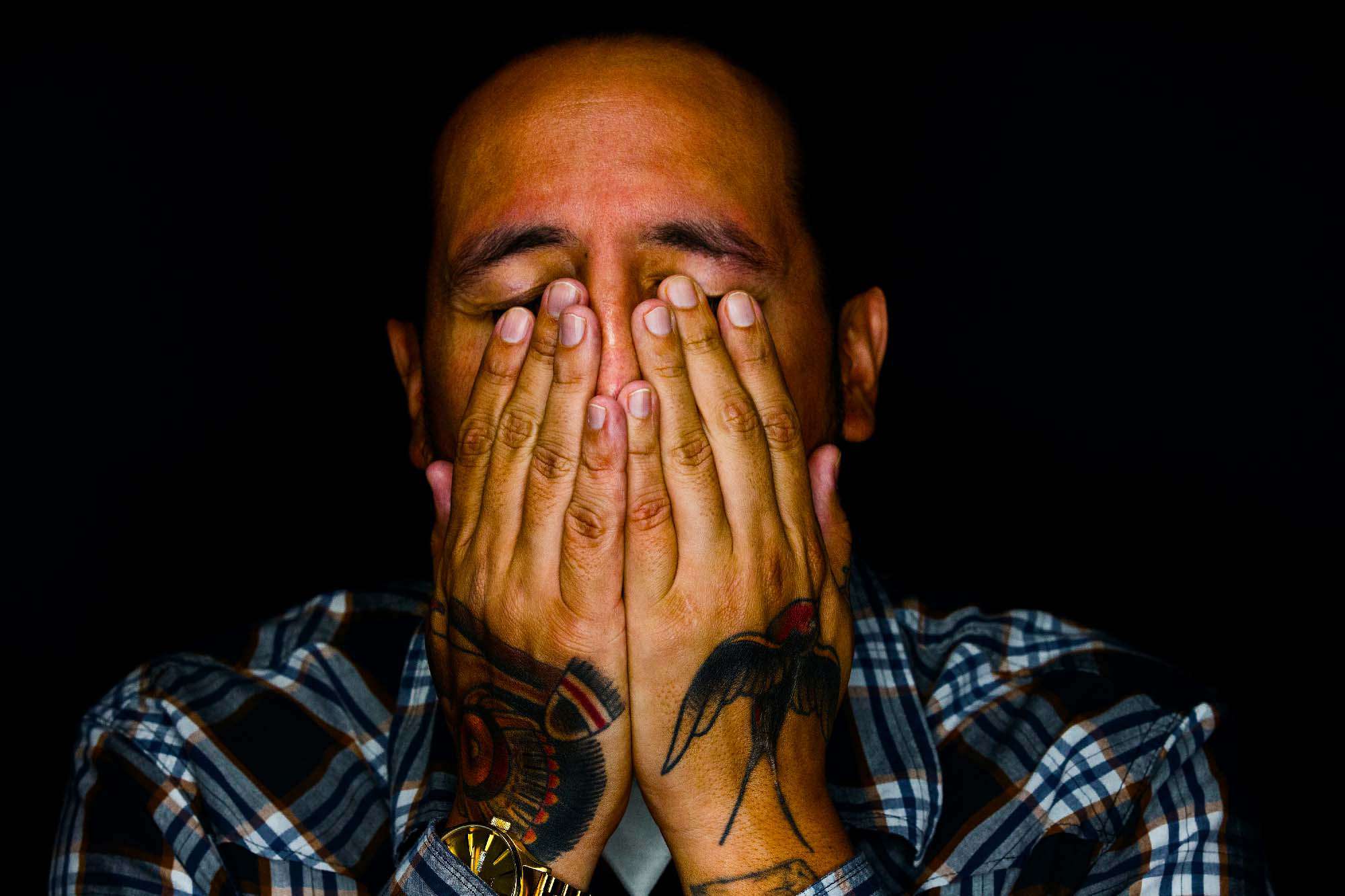What is Generalized Anxiety Disorder (GAD)?
Feeling worried and anxious about things in life such as money, family, health, and education is normal. However, if a person excessively thinks and worries about it frequently in a day and it lasts for a couple of months, that person is suffering from a “generalized anxiety disorder” (GAD).
This disorder can completely drain a person physically and mentally. It alters the normal functioning of a person and disrupts sleeping habits due to relentless thinking. An individual with addiction and a dual diagnosis of this disorder must have a comprehensive treatment to address both conditions.
What Is the Relationship of Generalized Anxiety Disorder and Substance Abuse?
Generalized anxiety disorder, substance abuse, and alcoholism are closely linked with each other. People suffering from this mental disorder have a higher chance of developing an addiction and alcohol use disorder due to self-medication.
The presence of anxiety enables a person to drink alcohol for it gives short-term relief. Alcohol is a known brain depressant and so it is capable of slowing down the relentless thinking and worrying of the person. However, this situation poses a higher risk of huge alcohol consumption and binge drinking. Other substances abused to lower anxiety include depressants and sedatives. Likewise, alcoholism induces anxiety in the long run.
Aside from depressants and alcohol, euphoric substances or “Uppers” also cause the formation of this mental disorder and vice versa. Most commonly abused substances include cocaine, heroin, and marijuana. These substances induce an artificial euphoric feeling which in the long run alter the normal balance of behavior and mood.
The person develops tolerance and dependence on these euphoric substances wherein a cut off from consumption induces high anxiety levels. Meanwhile, patients with generalized anxiety disorder have a higher chance of abusing these substances in order to ease one’s struggle and pain.
Overall, generalized anxiety disorder, addiction, and alcoholism all impact on one another.
What Are the Signs and Symptoms of Generalized Anxiety Disorder?
A better understanding of this mental disorder includes the knowledge of its signs and symptoms. This is important for both patients and their families in order to increase awareness, prevent triggers, and develop healthier means of coping.
Here are some of the common symptoms for this behavioral disorder:
- Excessive sweating
- Feeling lightheaded
- Constant trembling
- Frequent headaches
- Easily startled
- Difficulty focusing
- Inability to relax or being calm
- Nervousness
- Constant feeling of being tired
What Are Some Triggers for Generalized Anxiety Disorder?
Different mental disorders have specific triggers which exacerbate their respective symptoms. Knowing these triggers is important because it helps the patient find ways to avoid the occurrence of symptoms. Likewise, strategies can be developed to counter these triggers when inevitably met.
Common triggers for a generalized anxiety disorder:
- Stress: This refers to all kinds of negative stress brought about by events in one’s life. It is better for the person to avoid situations which can give negative stress.
- Past Traumatic Events: These are mostly past traumatic childhood experiences of the patient. Traumatic experiences during adolescence also affect the person with this mental disorder.
- Stage Fright for Public Events: A person with GAD is nervous most of the time. If doing public speaking in a crowd is part of the job, the inability to handle the situation and nervousness will be a strong trigger for GAD.
- Conflict: This refers to arguments and problems in a relationship whether with a family member, friend or loved one.
- Money Matters: Financial crisis is a definite trigger for people with GAD. The inability to focus and being easily startled make this an easy trigger for the patient.
- Health Issues: A person with GAD cannot handle situations wherein there is a confrontation of being diagnosed with a serious illness.
- Caffeine: This substance is a huge trigger for GAD because it elevates blood pressure which aggravates the tension and nervousness of the patient.
- Not Eating Adequately: Skipping meals or cutting off food intake can result in low blood sugar levels. This is bad for people with GAD because it induces tremors and shaking of the hands.
How To Manage Generalized Anxiety Disorder Triggers?
Prevention for the occurrence of the symptoms is better than curing it when it happens already. Increasing self-awareness of the patient is the first step towards avoiding these triggers.
Below are some tips one can adapt to manage these triggers:
- Maintain Open Communication: A person with GAD finds relief and comfort when talking to families, friends, and loved ones. It eases the patient’s overthinking about negative things happening in life.
- Avoid Caffeine: Patients must avoid drinking coffee or caffeinated drinks as this aggravates nervousness and tremors. Instead, the patient can drink milk, caffeine-free teas, or other drinks that stimulate dopamine to increase the relaxation of the brain.
- Music Therapy: Listening to comforting and relaxing music is a good way of relieving anxiety and nervousness. These can be piano instrumentals or sound compilations of ocean waves, flowing rivers, or the rustling of leaves.
- Meditation and Yoga: Relaxation and being calm can be practiced for patients with GAD. Meditation and yoga can help patients achieve and maintain the calmness of the mind and body. Likewise, deep breathing helps ease nervousness.
How Common is Substance Abuse and Alcoholism Among People with Generalized Anxiety Disorder?
Generalized anxiety disorder and addiction are highly prevalent in the United States. It affects the lives and productivity of the general population. To have a better understanding of its impact on society, below are some statistical data on its prevalence.
Generalized anxiety disorder, Addiction and Alcoholism Statistics in the United States
- Estimated 3.1 percent of the general population are diagnosed with GAD
- 6.8 million adults have this mental disorder
- Approximately, 30 to 35 percent of the population with GAD are suffering from alcohol use disorder
- 25 to 20 percent of the population with GAD are suffering from substance abuse disorder
- Around 7 percent of the general population both have alcoholism and GAD
What Are the Treatments and Therapies of Generalized Anxiety Disorder?
The treatment for this dual diagnosis involves both prescription drugs and psychological therapies. Psychological therapies supplement the effect of the medications taken by patients. This is done in order to give the most benefit for the patients to achieve fast recovery.
Prescription Drugs
Make sure the prescription of these medications came from a licensed doctor or clinician. Below are some of the common prescription drugs for patients with this mental disorder.
Common Anti-anxiety medications:
- Alprazolam (Xanax)
- Lorazepam (Ativan)
- Clonazepam (Klonopin)
Psychological Therapies:
- Cognitive behavioral therapy (CBT): The patient undergoes training on determining whether the worry is still normal or unhealthy already. After, assistance is given in the development of healthier ways of coping with anxiety.
- Family Therapy: The family of the patient is educated about the mental disorder, its triggers, and possible interventions to help recovery. The family is involved in the therapy by providing guidance and motivation to the patient.
- Group Therapy: Patients with GAD are grouped together and open communication is promoted. Each member is given the chance to share one's experiences and means of coping with anxiety. This therapy enhances the social skills of the patients while enriching every member’s insights.





